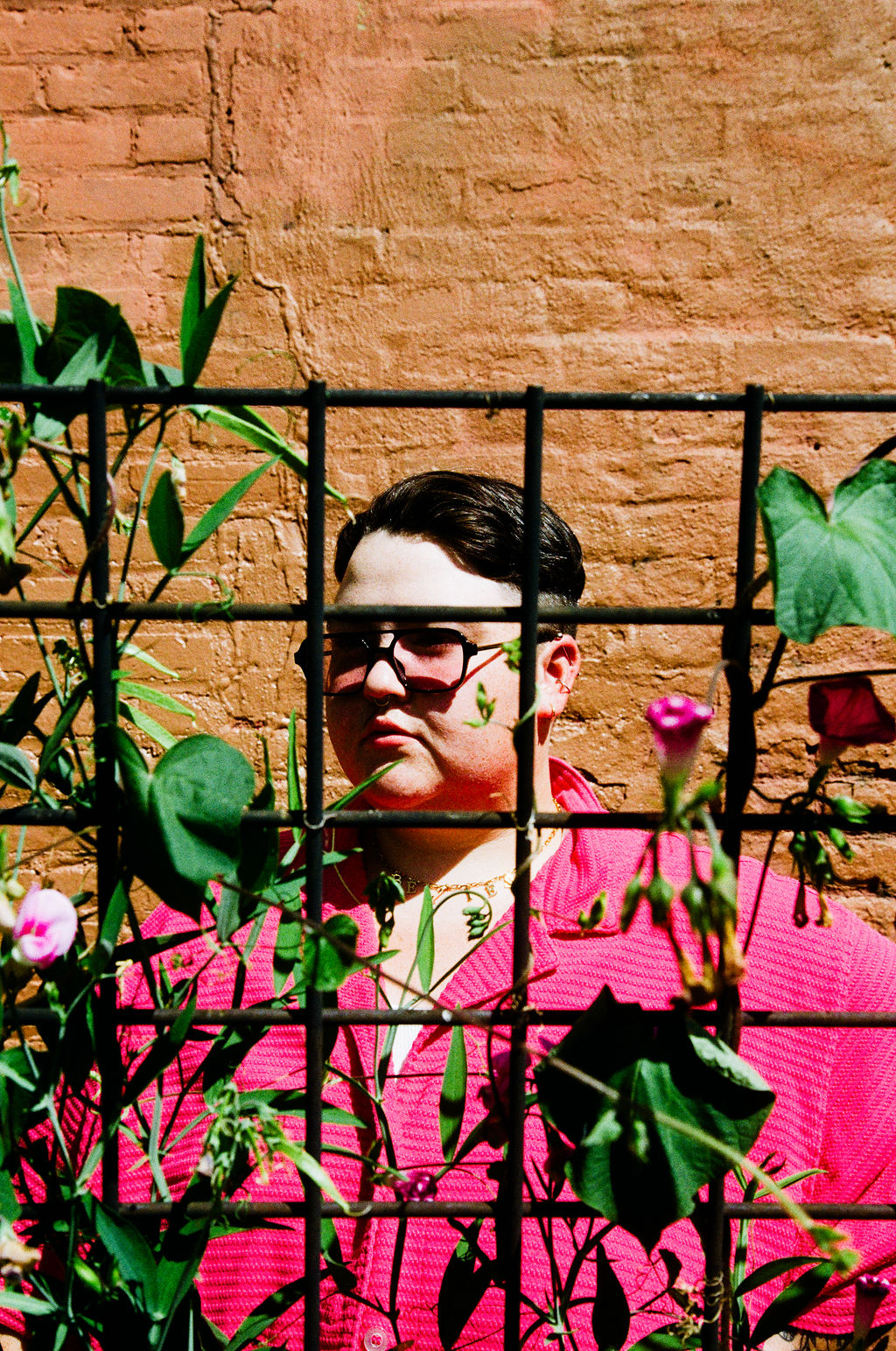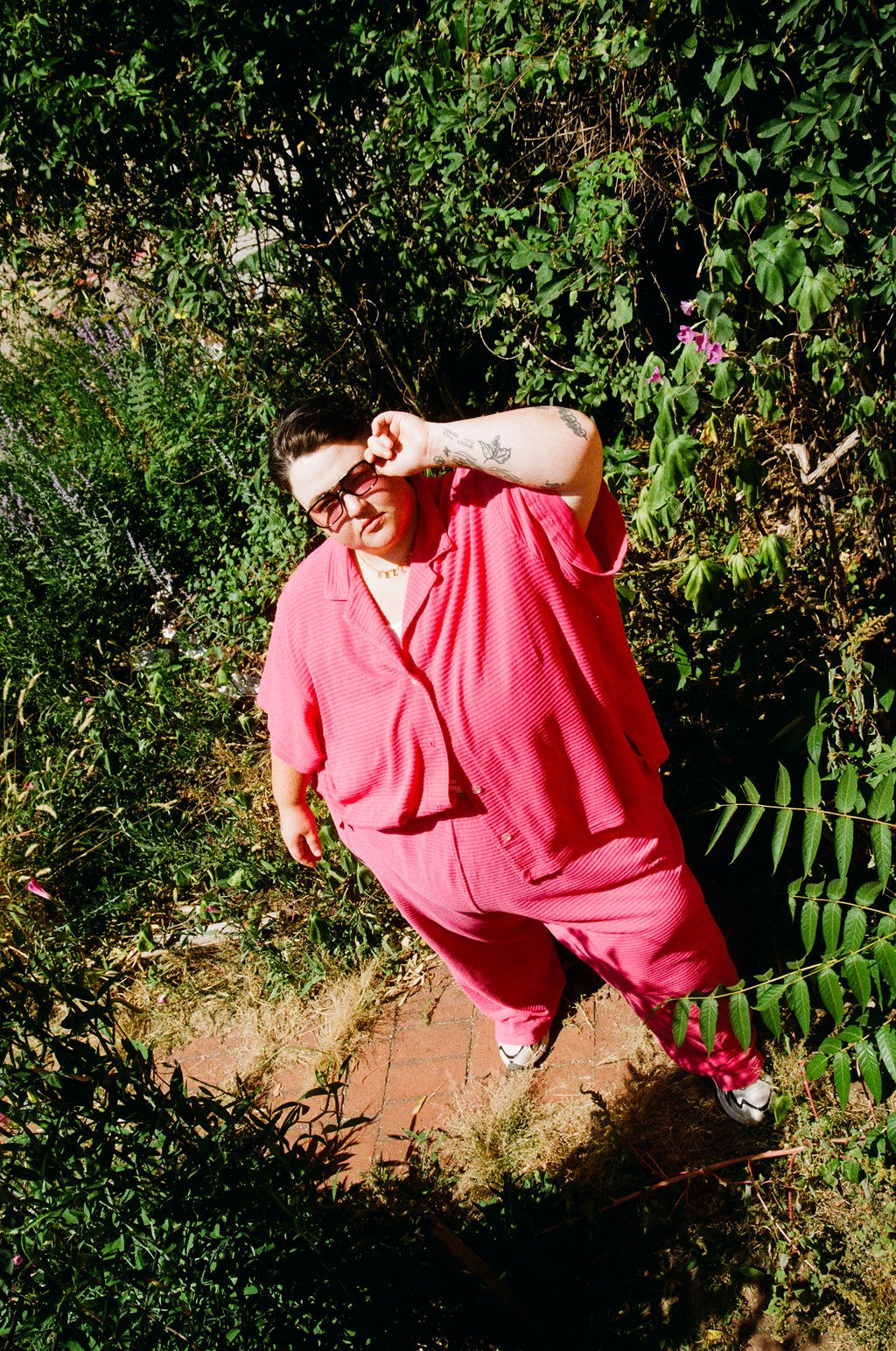The birds and the bees: a phrase long used to simplify and naturalise human sexuality. Through it, a comparison is made between human sexuality, animals, and instinct. Sex is whittled down to reproduction, as is true within many conventional, school-based sex education curriculums.
When given the opportunity to create my own sex education curriculum for The Youth Sexpert Program, my after-school program that teaches teens online, I knew reproduction would only be the beginning. I wanted the core of our teachings to be bodily autonomy, empowering students to make informed choices knowing full well that their body is theirs.
Calling oneself a teacher of comprehensive sex education requires understanding what comprehensive sex education actually means. While national entities like the CDC provide guidelines (often disappointing ones), the term holds deeper meaning for those who practise it.
Body image in sex education
Defining and articulating this deeper meaning was a months-long journey, during which our curriculum was created, revised, and re-revised with the help of youth educators and sexuality professionals. Early on, we identified several essential topics for a curriculum that transcends mere penetration, reproduction, and stigma. One of these topics was body image.
By including conversations about body image in sex education, we were proclaiming to the world the often ignored truth that sex is not purely physical, but psychological as well. We were daring to help folks identify from an early age that their sexuality started with (and will always be largely about) the self, as opposed to being an object of desire or solely pleasing others. We were actively addressing a potential cause of sexual dysfunction AND a significant mental health concern. The need for this conversation was glaring to me, but I hadn’t yet grasped what this conversation truly should look like.
My understanding of the term “body positivity” was that the movement represented an unlearning of toxic beauty standards associated with the modern, Western standard of thinness. It could be summed up in the sentence “all bodies are beautiful.”
I understood that some people opted for body neutrality in light of the popularity of body positivity, which is a branch of the movement that specifies that bodies need not be aesthetic or beautiful to be appreciated for their functions. In fact, our team and board had included this lesson in the part of our curriculum called “the personal”, which was all about understanding the self before delving into conversations about partnered sexual interactions (topics like anatomy, birth control, porn literacy, etc.)
This is to say that I viewed the conversation about body image and sexuality as purely internal, and though I could perhaps have identified fatphobia as a major root of body image issues, I had not gone as far as to think through how the history of fat led movements and the ongoing struggle for liberation related to this topic.
That was, until we contracted an incredible guest educator to lead this workshop for our students, Jordan Underwood. I got to chat with Jordan recently about their perspective on the lesson, and was fascinated to hear his first thoughts when I reached out about teaching.

Body image in adolescence
Jordan shared that in their own adolescence, he was put on weight watchers at just eight years old, which was the beginning of a series of diets he was subjected to throughout his youth. They were introduced to the concept of body positivity when they were in high school, after a friend who was recovering from an eating disorder forwarded an article along to him. This allowed him for the first time to stop feeling as if their body was a burden.
”I was so excited when you reached out to me about teaching this class,” Jordan tells me as we catch up. “Adolescence can be a very difficult time for folks’ relationship to their bodies. It’s a time when many teen’s bodies are changing very rapidly, and they don’t only need to process their own emotions about that, but also contend with the emotions of their peers about their bodies, and deal with any projection that may come out in the form of judgement, and often bullying and harassment..”
I have to agree. Puberty-induced confusion and social media-induced comparison are somewhat universal experiences for young people, especially in 2024. Something must be said, however, about the fact that certain young folks will experience this worse than others. Intersectionality demands that nuance.
“Many – especially plus size – teens, are also possibly dealing with pressure to change their bodies from family members, and facing deeper systemic issues, such as weight bias in medicine, all the while not seeing themselves represented in the media they’re consuming,” Jordan says. “This can also make it difficult for children and teens to envision a future for themselves as they are, adding even more pressure to change their already changing bodies in ways that may be out of their control, which can lead to eating disorders and other self harming behaviours.”
Sex education is political, the body is political
With the issue of representation, it may be more obvious the way being underrepresented in media can impact one’s mental wellness. My hope all along was that a portion of the conversation with our students would be about how a lack of representation contributes to one’s sexual wellness as well. After all, when we don’t see people who look like us having sex in any type of media, porn and beyond, how are we meant to know that we are deserving?
Jordan and I are very much on the same page about this. As they put it: “so much of sex education is about our bodies, and our relationships to our bodies, and our relationships to other peoples bodies and making sure that we feel safe and liberated in our bodies, with full autonomy and control over what we do with them. I don’t actually know how you could separate the two.”
They continue: “Sex education is political, and it is important that we are clear about that when developing these lesson plans, and that we are using these classes to empower these students to have autonomy and care for their bodies, no matter what identities they hold.”
In truth, in our most recent conversation, I wanted to better understand Jordan’s instinct to bridge the personal and the societal, an instinct I did not have at the time.
As Jordan explains, “having good self esteem and a positive relationship to your body is so important for all folks, however ‘body positivity’ is something that is often conflated with that alone, when it is actually a movement that stems from the Fat Acceptance movement that began in the 1960s.”
Jordan’s framing of body positivity as inherently political opened my eyes to the fact that true liberation doesn’t happen in isolation. True liberation isn’t just about personal acceptance but about breaking down the societal structures that allow for oppression.
This is a movement
Back with our students, in sitting through the lesson Jordan led, it became clear to me that without this broader context we risked oversimplifying a complex issue that deeply impacts our young peoples’ lives. “In the lesson it was important to me to discuss the origins of the Fat Acceptance movement, the different offshoots and ideologies that have come from it, and focusing on fat liberation as a social justice movement.”
Subscribe to shado's weekly newsletter
Exclusive event news, job and creative opportunities, first access to tickets and – just in case you missed them – our picks of the week, from inside shado and out.

From his perspective, the fat liberation movement has been largely watered down by the capitalist co-opting of the body positivity movement and stripped of its political roots. “The personal is political,” they add, “and that includes how we feel about our bodies, and the bodies of other people.”
This doesn’t make our own internal perceptions of ourselves unimportant; rather, we cannot view our journeys to self-acceptance within a vacuum. “As it stands, I believe in the importance of developing a positive body image on an individual level,” Jordan says. “Because this is what allows us to believe in our own worth enough to advocate not only for ourselves, but for all marginalised people on a systemic level. It is what allows us to believe that our lives are worth fighting for.”
True empowerment comes when we can not only accept ourselves but also allow that to drive us to challenge the societal norms that devalue marginalised bodies. It seems this is something we are at risk of losing sight of.
Jordan explains, “as body positivity mainstreamed, it became white-washed, and began to centre thin, able bodied, cis white women, and their relationships to their bodies, as opposed to a social justice movement that is interrogating anti-fatness as an axis of oppression designed to uphold white supremacy.”
I could not be more proud that in the end, the workshop we hosted was about both fostering their own self-esteem and equipping youth with the tools to critically analyse and challenge deeply harmful standards, specifically for those impacted most.
“It only takes one person to change someone’s relationship with their body. My hope is that by introducing these concepts to teens, and hopefully even younger children, we are able to build a world where people understand that our worth will never be determined by something as arbitrary as body size or health. You are worthy because you exist, as you are, in this present moment,” Jordan concludes.
As an educator, it is important for me to recognise, and to posit for you, that we all have the power to contribute to a future where size is not a determinant of quality of treatment, income, and access. This, ultimately, is at the centre of a truly comprehensive sex education.
What can you do?
- Jordan recommended the books ‘Fearing the Black Body’ by Dr. Sabrina Strings and ‘Belly of the Beast’ by Da’Shaun L. Harrison for those who may better want to understand anti-fatness as anti-Blackness
- I personally love the memoir ‘Hunger’ by Roxanne Gay
- The Body is Not an Apology (@thebodyisnotanapology) • Instagram photos and videos
- Our Story — AllGo
- Other articles:












